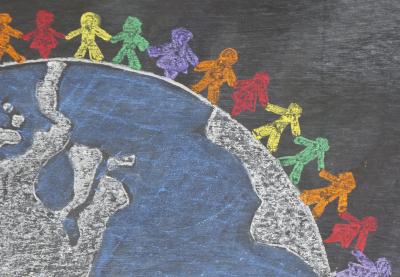There’s an old joke among real estate agents that the three most important things to consider in any property are location, location, location.
With that in mind, think about the poorer neighborhoods in your city. Where are they located? Most often the answer will be that they are hard up against some major source of pollution. Perhaps it’s the housing project sitting right under the freeway, or the trailer park by the airport or the rundown block sitting cheek by jowl with industrial waste.
In some cases, this happens because of economics. Land near airports tends to be cheaper thanks to the noise and that’s what people living in poverty can afford.
In other cases, it’s part of a plan. County commissioners or state bureaucrats direct the freeway or site the dump near a black or Latinx neighborhood. Robert Bullard noticed this in the 1970s when he was a sociology professor in Houston. His research found that 100 percent of the city’s waste dumps were in black neighborhoods, even though black people only made up 25 percent of the population. In a city without zoning, that couldn’t be happening by accident.
Bullard’s work led others to focus on what has become known as “environmental justice.” Despite this raised awareness, not much has changed since the 1970s. Coal-fired plants still wind up being sited near African-American communities. So do waste dumps and toxic waste sites. People of color almost always seem to get the short end of the stick environmentally.
It’s one thing to say, “Not in my back yard.” Nobody wants pollution nearby. But it’s another thing to say, “Always in her backyard.” And as Bullard points out, the people most vulnerable to this constant toxic exposure are children.
“Poor children in urban areas are poisoned in their homes. And when they go to school, they get another dose. And when they go outside and play, they get another dose. It's a slow-motion disaster: the most vulnerable population in our society is children, and the most vulnerable children are children of color. If we protect the most vulnerable in our society—these children—we protect everybody.”
Planting trees and picking up litter are certainly important ways to observe Earth Day. But they are empty gestures if we don't recognize our own self-defeating behavior—or that we are all bound to one another.


0 COMMENTS